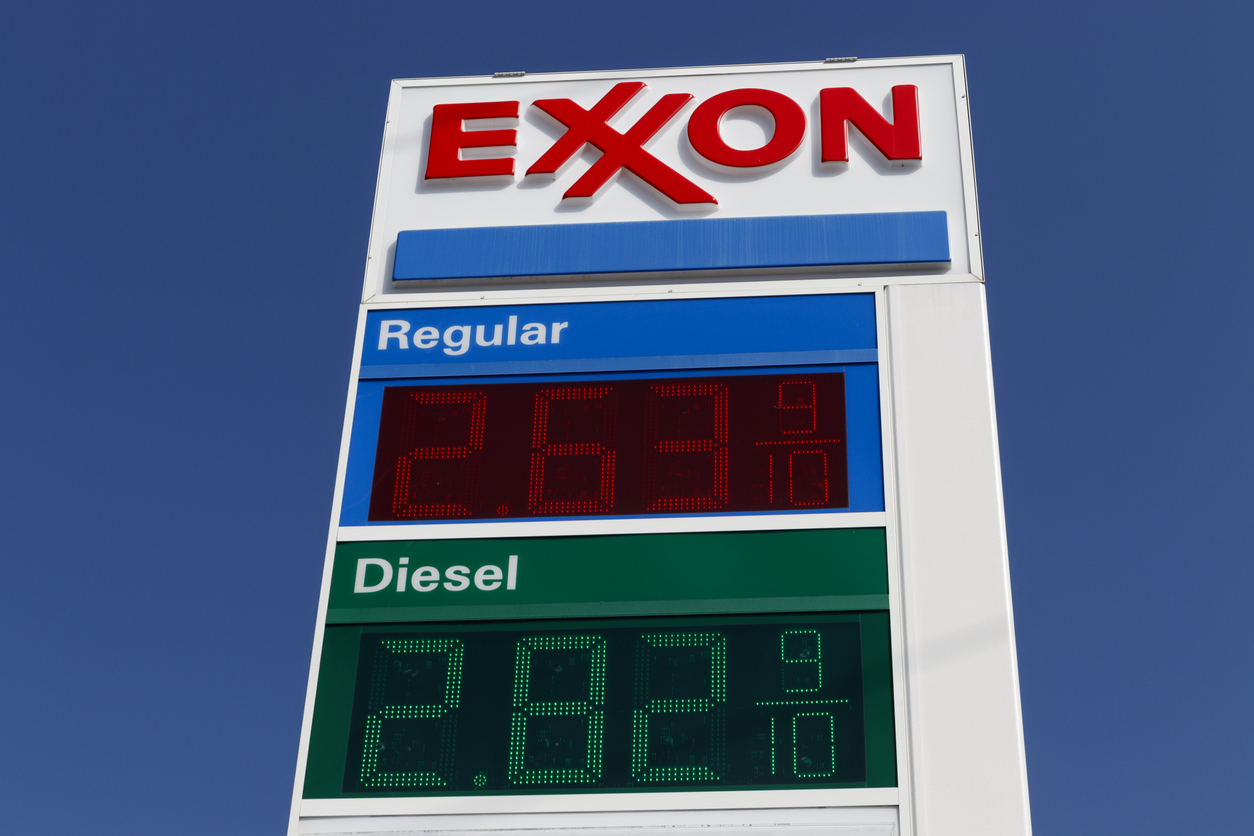
Spring, Texas-based Exxon Mobil Corporation (XOM) explores and produces crude oil and natural gas. With a market cap of $449.7 billion, the company provides exploration and production of integrated fuels, lubricants, chemicals, and refined products for the automotive, trucking, aviation, and shipping industries to reduce greenhouse gas emissions.
Companies worth $200 billion or more are generally described as “mega-cap stocks,” and XOM definitely fits that description, with its market cap exceeding this threshold, reflecting its substantial size, influence, and dominance in the integrated oil & gas industry. The oil giant is one of the world’s largest publicly traded energy providers and chemical manufacturers that develop and apply next-generation technologies to help safely and responsibly meet the world’s growing needs for energy and high-quality chemical products.
Despite its notable strength, Exxon slipped 7.8% from its 52-week high of $123.75, achieved on Apr. 12. Shares of XOM rose 1.2% over the past three months, trailing behind the S&P 500 Index’s ($SPX) 4.3% gains during the same time frame.
In the longer term, shares of XOM rose 14.1% on a YTD basis and grew marginally over the past 52 weeks, underperforming SPX’s YTD gains of 15.7% and solid 22.2% returns over the last year.
To confirm the bearish trend, XOM has traded below its 50-day and 100-day moving averages since mid-July, with fluctuations recently.
XOM's overall performance can be attributed to OPEC+ considering a gradual increase in production beginning in October, which would increase oil supplies and lower prices. Weak margins in the industry globally, along with high project expenses and maintenance costs, have affected earnings.
On Sep. 3, XOM shares closed down more than 2% after the price of WTI crude oil sank more than 3% to an 8-month low.
On Aug. 2, XOM reported its Q2 results, and its shares closed down marginally. Its EPS of $2.14 beat the Wall Street forecasts of $2.01. Its revenue was $93.1 billion, topping consensus estimates of $91 billion.
Exxon’s rival, Chevron Corporation (CVX), lagged behind the stock, with a 4.8% dip on a YTD basis and a 13.5% decline over the past 52 weeks.
Wall Street analysts are moderately bullish on Exxon’s prospects. The stock has a consensus “Moderate Buy” rating from the 22 analysts covering it, and the mean price target of $132.53 suggests a potential upside of 16.2% from current price levels.
On the date of publication, Neha Panjwani did not have (either directly or indirectly) positions in any of the securities mentioned in this article. All information and data in this article is solely for informational purposes. For more information please view the Barchart Disclosure Policy here.






